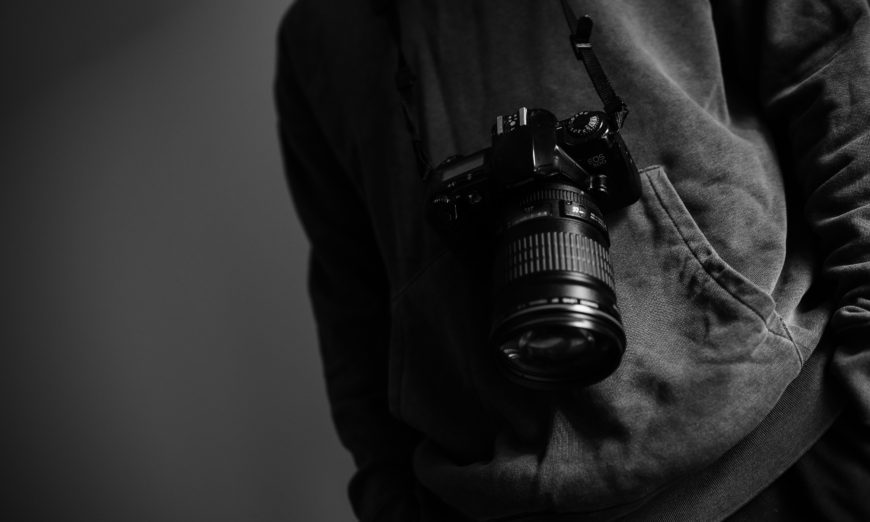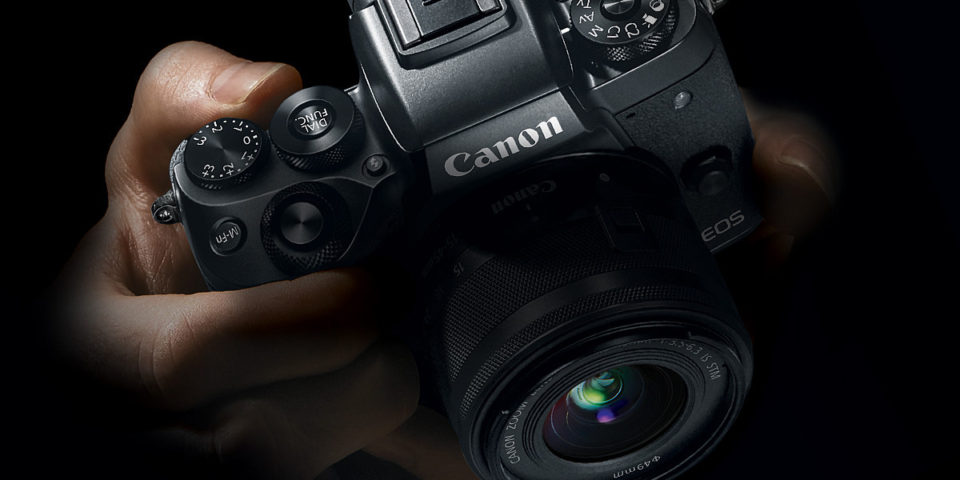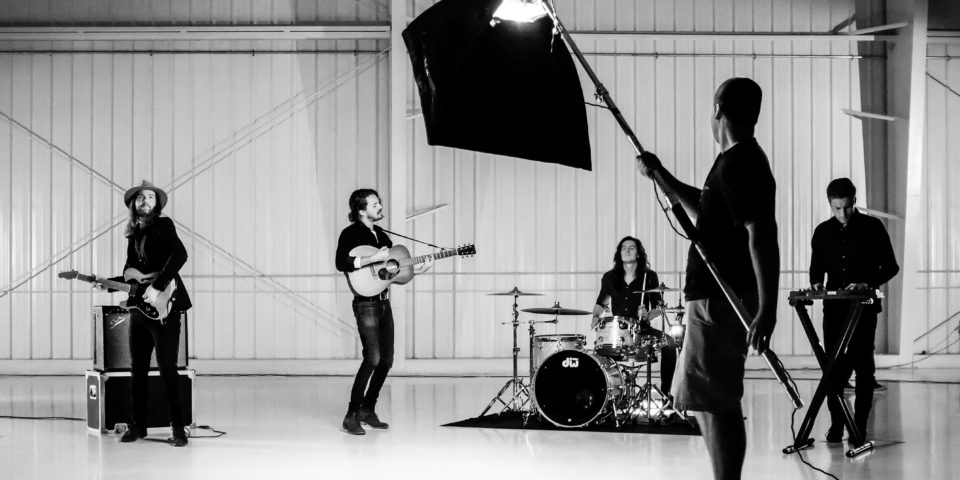If you are new to DSLR or mirrorless photography, the number of setting options available can be a bit intimidating. Looking online or talking to more experienced photographers may increase the level of frustration and confusion instead of alleviating it.
It’s 2018
By that I mean, it’s not 1938. Or 1958. Or even 1998. The rules and techniques that used to apply to capturing a properly exposed image don’t necessarily fit the present, the way that they fit the past.
Start with Full Auto or Program?
First, shooting your new camera in full auto or program does not make you a less-skilled photographer. The camera is a tool. The image is an expression of your own creative sense and perspective. The automatic and program functions in our cameras were built based on the analysis of millions of photographs captured. No human has ever created millions of different images and then analyzed the best course of action in a given scenario. Full auto means the camera estimates the best settings.
What about your normal everyday pictures? Sure, it can be fun to learn all about the different settings in your camera and how to use them effectively. Trying to read a camera manual is often a challenge. It is often difficult to follow and may not be all that well written. Watching YouTube videos can be more confusing than helpful because everyone takes a different approach that works best for them and how they process information and learn. A live class with the step-by-step expertise of our experienced teachers is a better alternative. I strongly recommend some classes available at our Henry’s Learning Lab — Camera 101 and Camera 201.
I have to caution you that photography is a journey, not a destination. And like any trip, it’s best when you enjoy the journey and take in everything you learn through practice. Starting out with full auto makes a lot of sense because you are going to get some really nice-looking photos, without having to know all the ins and outs of capturing a good image. More importantly, you are going to be a lot more confident when you go to take a photograph, because you will see the improvement over the series of photos captured over time.
I meet a lot of amateur photographers who get disillusioned really early because they received bad advice and attempted to shoot in manual from the very start without understanding the settings. Shooting in manual doesn’t make you a better photographer and it won’t necessarily create a better picture, unless you know all the pieces and settings that go into capturing the photo. As an example, most of us can check the oil in our cars, but it’s a different level of skill to set valve timing. Since most of us are quite comfortable operating the car without knowing how all the parts of the engine work together, why would we not be comfortable with using our camera without knowing all the little parts inside it.
Moving to Program Mode
Program mode uses all the same algorithms as full auto with one exception. It makes good suggestions, but now you can start to take control of things. This opportunity for better control is one of the key outcomes of a Camera 101 class. We get beginners to the point where they can make choices between full auto, scene modes and program, and know when it is best for them to select each setting appropriately, based on the subject they are shooting. Think of program as auto with benefits. As your skills grow, you can start to direct the camera and achieve different and often better results depending on the subject.
The Built-In Flash
There are more rants written about the evils of built-in flash than I can name. In general, the light from that tiny little flash doesn’t look pretty, but it can be the difference between getting and not getting a well lit shot. Better to use the flash and start to learn about it, than not use it and miss capturing the perfect shot. This flash also achieves some pretty cool lighting effects when used in program mode.
Summary
There’s a lot of stuff to learn to get the most out of your camera and hone your skills as a photographer. The key is to do so at your own pace and to have fun while doing it. A live class delivers real hands-on experience and progress in a short time, and you get a complete set of downloadable notes that you can always refer back on. So if you are new to photography, or getting back into it after some time away, consider taking a Camera 101 class, joining a friendly camera club that isn’t all wired up in competitions, or going to meetups in your area for folks interested in photography. And most importantly, it’s about enjoying the art of photography, not being constrained with instructions on what to do.
Until next time, peace.


